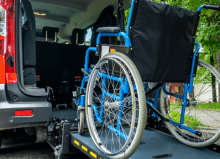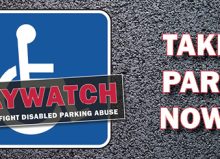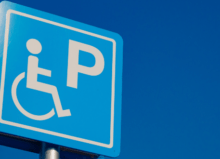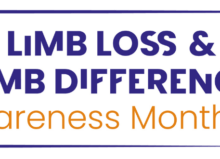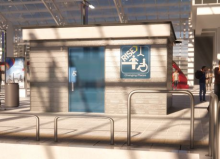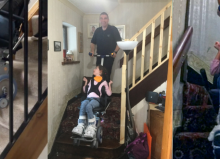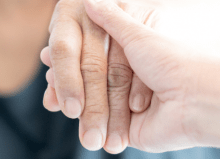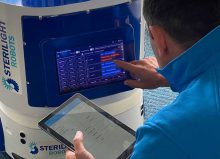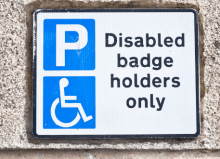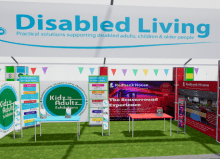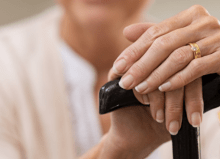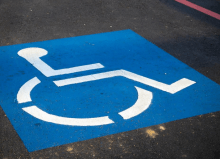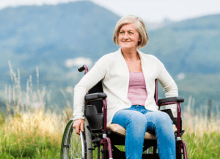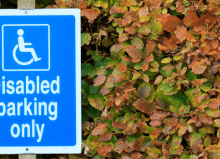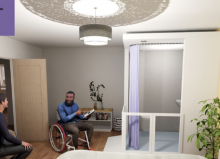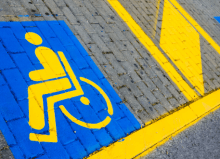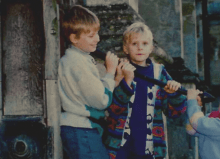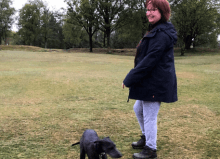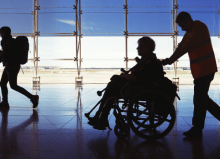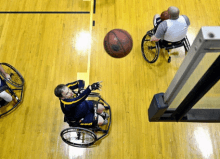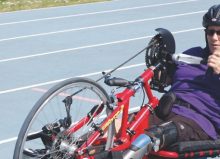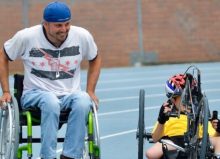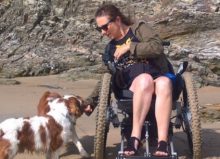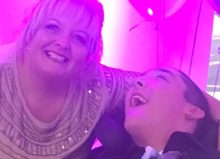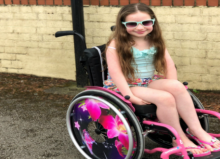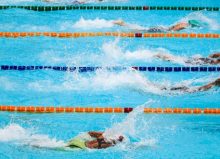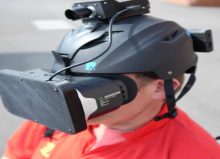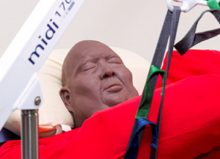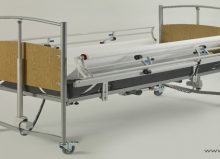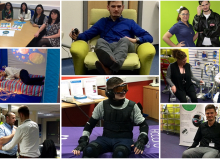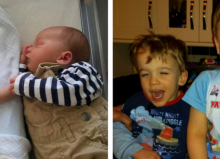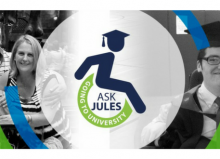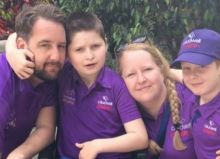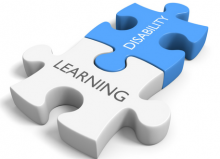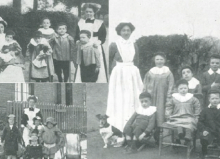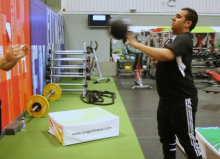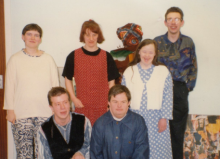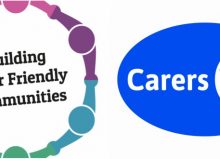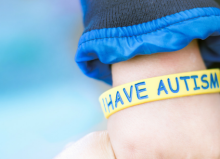The Many Causes of Erbs Palsy and How it Effects Life

This is a sponsored post for Disabled Living by Lavelle Partners about how Erbs Palsy is caused, how it can be treated, and how it may affect an individual’s life.
Erbs Palsy is a disability which affects the nerves and muscles in the neck, shoulder, and arms. This disability isn’t caused by any type of disease or birth defect. In fact, it’s usually caused by a traumatic injury of some kind, either during birth or later in life.
In some cases, medical negligence can be to blame. For example, compensation for delayed diagnosis of a medical condition, like Erbs Palsy, can be claimed as this might exacerbate the injury, meaning treatment becomes less effective. What’s more, if the doctors or midwives pull the baby too hard during birth, this can also cause Erbs Palsy too.
As always, education on disabilities is paramount to avoid judgement, and ensure everyone accepts one another for who they are. It’s also a great way for those with disabilities to realise that they truly aren’t alone. So, to discover more about the causes, symptoms, treatments, and effects of Erbs Palsy, don’t go anywhere…
What is Erbs Palsy?
Erbs Palsy is a type of paralysis or weakness in the muscles of the arms. In most cases, this will occur to one of the arms due to a stretched or severed nerve in the neck. There are four different types of Erbs Palsy, which we’ll go into a little more detail with here:
- Neuropraxia: this is the most common type of nerve injury. In these cases, the nerve is simply pulled or stretched, so is only a temporary problem. Usually, this sort of palsy will heal after around three months.
- Neuroma: this is a little more serious than Neuropraxia, and is when the nerve is stretched so much that some of the fibres break. Due to the scar tissue that forms when these types of breaks heal, the nerve can cause discomfort. These sorts of injuries never really fully recover back to normal.
- Rupture: this type of Palsy is a little more than a stretch, and occurs when the nerve is torn in half. This will not heal on its own, and requires surgery to splice the nerve back together. Without this, the arm will be paralysed inevitably.
- Avulsions: finally, the last type of nerve injury, and the most serious of them all, occurs when the nerve is torn completely away from the spinal cord. In some cases, the nerves within the diaphragm can be affected, which could cause difficulty breathing. What’s more, the face could also be affected, causing Horner’s Syndrome; where the eyelid droops or the pupil of the affected eye is smaller than the other.
Symptoms of Erbs Palsy
Depending on the severity of the Palsy, symptoms will vary. However, here are some of the classic symptoms of all types of Erbs Palsy, which indicates when a child is born with it:
- The arm hangs by the side of the body, and rotates inwards;
- The arm is weak, and grip strength is limited too;
- The development of the circulatory system, nervous system, and muscles may be restricted;
- There is limited motion in the shoulder, down the arm, or in the wrist;
- The arm is numb;
- Or, the arm could be partially or completely paralysed.

What Causes Erbs Palsy?
Although Erbs Palsy is most commonly heard of during infant childbirth, there are actually a huge number of reasons why Erbs Palsy could occur…
Delayed Diagnosis
Erbs Palsy will not be caused by any medical condition, however, the delayed diagnosis of Erbs Palsy could mean that treatment becomes less effective. For example, if surgery is delayed in the case of Rupture or Avulsion due to a late Erbs palsy diagnosis, it may be too late to fix. This will mean that the victim’s life will completely alter.
Pregnancy Injury
Although there is no genetic reason why someone might develop Erbs Palsy in the womb, the position of the baby during pregnancy could cause it. For example, if the baby’s head is positioned in the birth canal, and the baby has wider shoulders, their shoulder can become restricted by the mother’s pelvic bone.
The closer birth comes, and the more comfortable the baby becomes, the lower the baby’s head will push into the birth canal. Because of this, the nerves between the neck and shoulders will stretch, so the baby may be born with Erbs Palsy. This is called shoulder dystocia.
Birth Injury
If shoulder dystocia occurs before the birth, the risk of birthing an Erbs Palsy baby nearly triples! Then, the excessive pulling of the child being born, due to the shoulder being stuck, could exacerbate the problem.
This can also occur in other cases; not just those where the shoulder becomes stuck. For example, in a feet-first delivery, the baby may leave the womb with its arms raised above their head. This pressure can also cause Erbs Palsy.
In both these cases, the birthing requires more pulling than usual, which can put a real strain on the nerves. Some of the risk factors which could cause Erbs Palsy in a baby from birth injury could include:
- A large infant
- A small mother
- Small or abnormal pelvis shape in the mother
- If the mother is obese or diabetic
- If the delivery requires extraction tools
- Medical negligence during birth
- If the second part of labour lasts over one hour
Traumatic Accident Later in Life
Finally, Erbs Palsy in adults could also be caused by a traumatic accident later on in life. For example, a car accident might cause the severing or stretching of a nerve on impact, or when emergency services attempt to remove you from the vehicle. In essence, any accident that might cause excessive pulling on the nerves in your neck, shoulder, or arm could lead to Erbs Palsy.

How Does Erbs Palsy Effect Your Life?
As we’ve seen, this type of injury can have a lasting impact on someone’s life. Particularly if it becomes a permanent paralysis, it may limit the activities or jobs a person can partake in. Some of these limitations or life issues could include:
- Can stop you from playing certain sports: because of the paralysis in the arm, Erbs Palsy could stop someone from being able to play games requiring the arms. For example, Netball, Cheerleading, and Golf may be among some of these sports.
- Could affect your career prospects: if a job requires your arm strength to perform well, for example an art, craft, or sport, Erbs Palsy may limit you. That said, most careers out there are completely doable with this type of paralysis, so most prospects will remain intact.
- Social implications: growing up with Erbs Palsy may affect your social life. Children can be nasty, and being a little different could affect a child growing up. So, it’s important for parents to teach their children, through articles like this, to accept children with minor differences, like this.
What’s important the bear in mind is that these limitations can most certainly be challenged. Yes, Erbs Palsy will no doubt make it more difficult for a person to get to grips with any hands-on activity. That said, sporting activities can absolutely be mastered through the use of one hand.
What’s more, if the social implications of having Erbs Palsy get in the way, this is a great way to find friends who accept you for you. Through this tiny difference, you’ll automatically be able to remove judgemental people from your life instantaneously.
Can Erb’s Palsy be Cured?
There are a huge number of potential treatment options for Erbs Palsy, including different types of therapy, and even Neuromuscular Electrical Stimulation. That said, these Erbs palsy treatment options are the three most common forms:
No Treatment
As we’ve seen, in cases where the nerve is simply stretched, and not severed, it’s likely that the wound will heal on its own. This requires no treatment at all – simply rest and recuperation. So, after a matter of weeks or months, the individual can resume life as normal.
Therapy
In cases where the nerve has scarred, we’ve seen that this can become uncomfortable for the individual. The scar tissue around the nerve can make movement a little harder than it would be for someone without this issue. Therefore, physical therapy can be used to strengthen the nerves and muscles, and help the body get used to these feelings.
Surgery
In cases where the nerve has been completely torn, it is possible for it to be spliced back together. What’s more, when the nerve is ripped from the spinal cord, this can also sometimes be saved using surgery too. When an avulsion occurs, the torn nerve cannot be replaced, but healthy nerves can be taken from another part of the body to replace it.

Need Some Support?
As you can see, Erbs Palsy can be caused by a number of injuries, and there are a number of potential cures. What’s more, despite the potential limitations of this injury, it is completely possible to achieve anything. Yes, it may be a little trickier, but it’s all in the mind.
Have you learnt something new about Erbs Palsy through reading this article? Or, perhaps you have Erbs Palsy yourself, and have a story about how you have overcome any difficulties? Please do share your thoughts, in the comments below, and let’s share our support.


